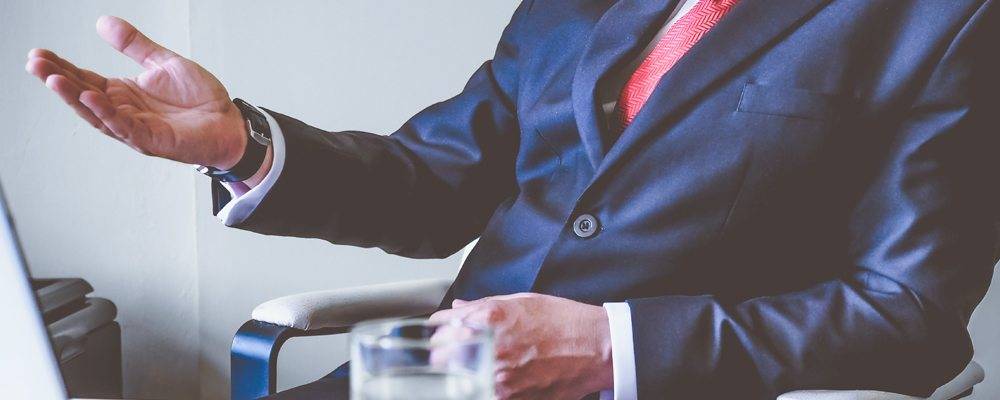Whereas, the party of the first part (referred heretofore as “Attorney”) shall consistently scribe all correspondence of legal significance with language therein that shall cause the party of the second part (referred heretofore as “Reader”) considerable and perpetual lack of comprehension in regards to the aforementioned legal instruments.
First of all, huh? Second of all, is all of that legalese really necessary to get a point across? There is a school of thought which asserts that this complicated style of writing is absolutely necessary. However, there is also a growing school of thought which fervently argues that legalese is not only unnecessary, but also counterproductive to the relationship between attorney and client. Whichever side of the street you choose to walk on, plain writing can be challenging when you are trained in legalese. So, here are some tips to make the transition to “regular people language” a little easier to handle.
- Who are you writing for? Knowing your audience is the first step to writing in plain language. Think about the reader’s likely comprehension level and familiarity with the subject matter. If you are writing for a broad audience, a ninth or tenth grade reading level is usually a safe bet for widespread comprehension.
- Organization is key. Have you ever walked into an unorganized, messy room and become instantly irritated. Well, that is how your reader will feel about an unorganized, messy document. Take some time to outline your thoughts, even if just in your head. This extra step will help you create a document that clearly communicates your point.
- Short and sweet. Get to the point. Enough said.
- Don’t be afraid of examples. Examples are effective tools for explaining challenging concepts. Many writers shy away from them, but a strategically placed “for example” or “for instance” can benefit your reader.
- Second person personalizes. Lawyers are notorious for their third person writing, but if you are telling someone what they must do, why not just say it? Let me give you an example. (See how I incorporated #4) “The Client must keep Attorney informed of all developments pertaining to the matter.” As a lawyer, you likely see nothing wrong with this sentence. But for a lay person, third person can be confusing and intimidating. “You must keep me informed of all developments pertaining to the case” provides a clearer explanation that better mirrors how people actually talk in their everyday lives.
- Leave the jargon in your head. I know you probably have visions of legalese dancing around in your head. But if you want to write in plain language, it’s best to leave them there. Even one “Wherefore” can be enough to lose the average reader’s attention.
With these tips in mind, you can do away with the legalese and create correspondence that effectively communicates with your clients and others. Who knows, you may even find that your clients actually begin to understand the work product you create for them.
About Erika Winston:
Erika Winston is a freelance writer with a passion for law. Through her business, The Legal Writing Studio, she helps legal professionals deliver effective written messages. Erika is a regular contributor to TimeSolv and a variety of other publications.
















